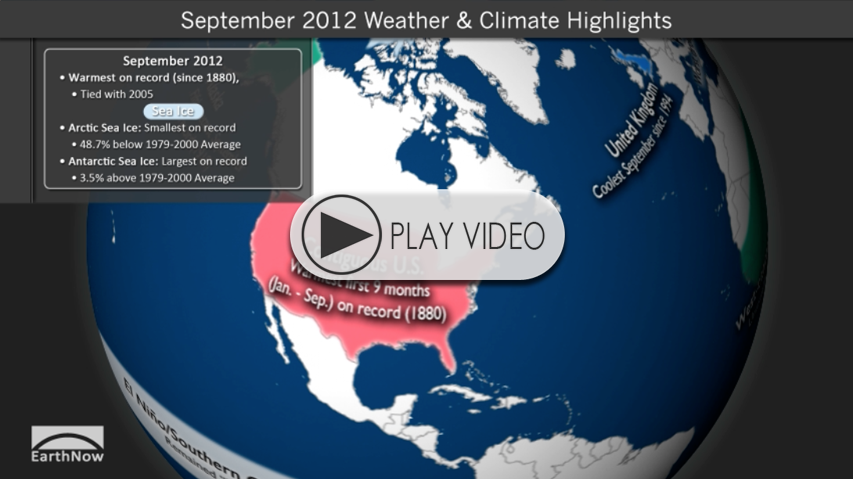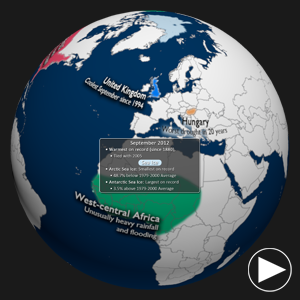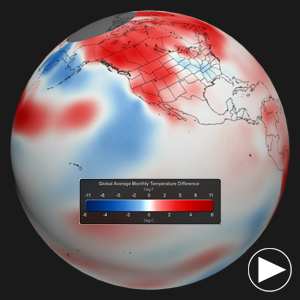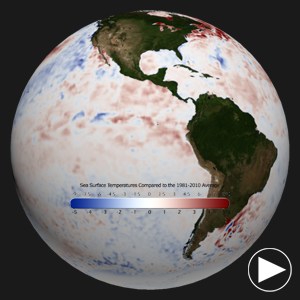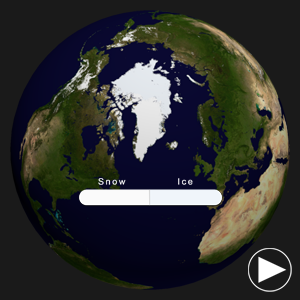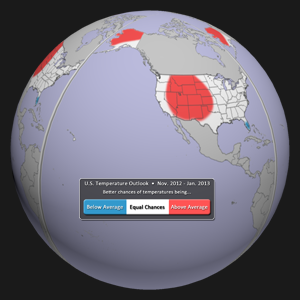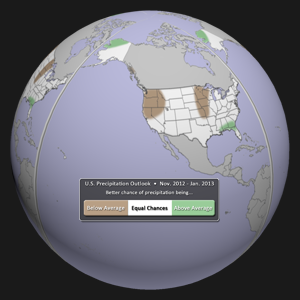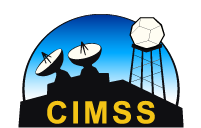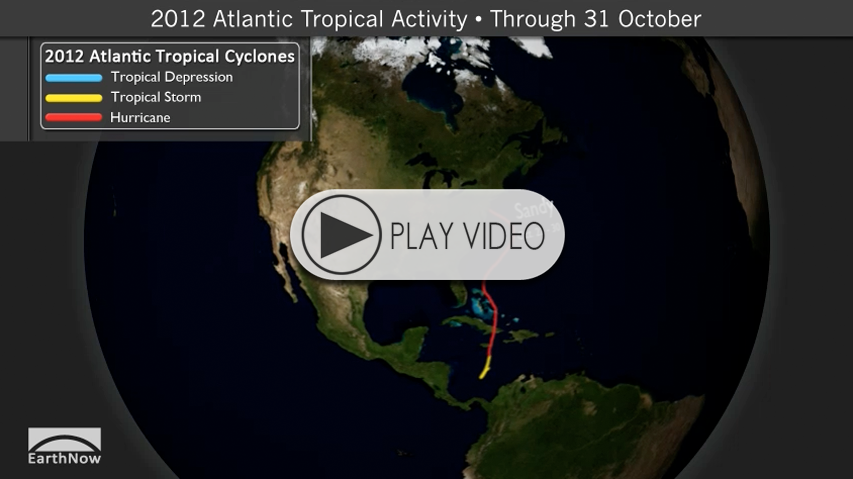
Atlantic Tropical Activity • iPad Video
SOS Playlists
 SOS Playlist
SOS Playlist
 SOS AutoRun Playlist with Audio
SOS AutoRun Playlist with Audio
 Transcripts
Transcripts
Overview
With the 2012 Atlantic hurricane season drawing to an end at the end of the month, we wanted to give you an update as to where we stand so far. 2012 has seen above-normal activity, with 19 names storms, 10 of which have developed into hurricanes, include the recent devastating Hurricane Sandy.
About the Dataset
Dataset Name: 20121029 EarthNow: Atlantic Tropical Update
This display shows the tracks taken by all named storms during the 2012 Atlantic hurricane season.
About Hurricanes
Atlantic Tropical Depressions originate in Western Africa and travel westward, steered by trade winds. The track a depression takes determines how it develops. Warm tropical water provides energy for a depression to grow into a Tropical Storm, and sometimes Hurricane. Moving out of the tropics over cooler water will cause a depression to lose energy and dissipate.
Hurricane Isaac
In late August, Hurricane Isaac intensified to Hurricane force over the warm Gulf of Mexico. As it moved over Louisiana, Isaac reached maximum winds of 80mph and made the Mississippi River flow backward for 24 hours, a rare event that last happened in 2005. Isaac caused $2B in damages, 41 deaths, and postponed the 2012 Republican National Convention.
Hurricane Sandy
In late October, Hurricane Sandy became the largest Atlantic hurricane with the lowest pressure ever recorded north of North Carolina. Its high winds spanned over 1,000 miles. Sandy rapidly intensified over the warm Caribbean Sea and tracked northward along the East Coast of the United States, affecting 24 states and causing destructive storm surge from New Jersey to southern New England. Sandy was blamed for more than $50B in damages and at least 170 deaths before it weakened after making landfall near Atlantic City, NJ.
Where do I find the datasets?
-
First, check your SOS system to make sure it’s not already in the EarthNow category.
-
If not, you can download the datasets and playlist files from this FTP Site.
-
Then download and use playlist files at the top of the page (or create your own) and make sure they are in /home/sos/sosrc or /home/sosdemo/sosrc.




